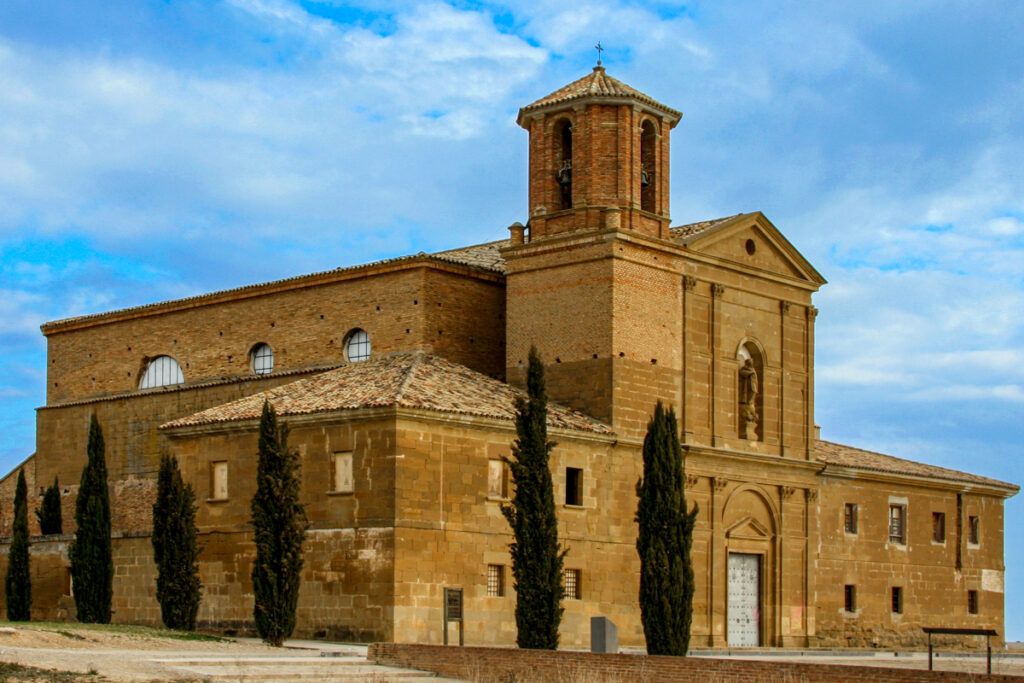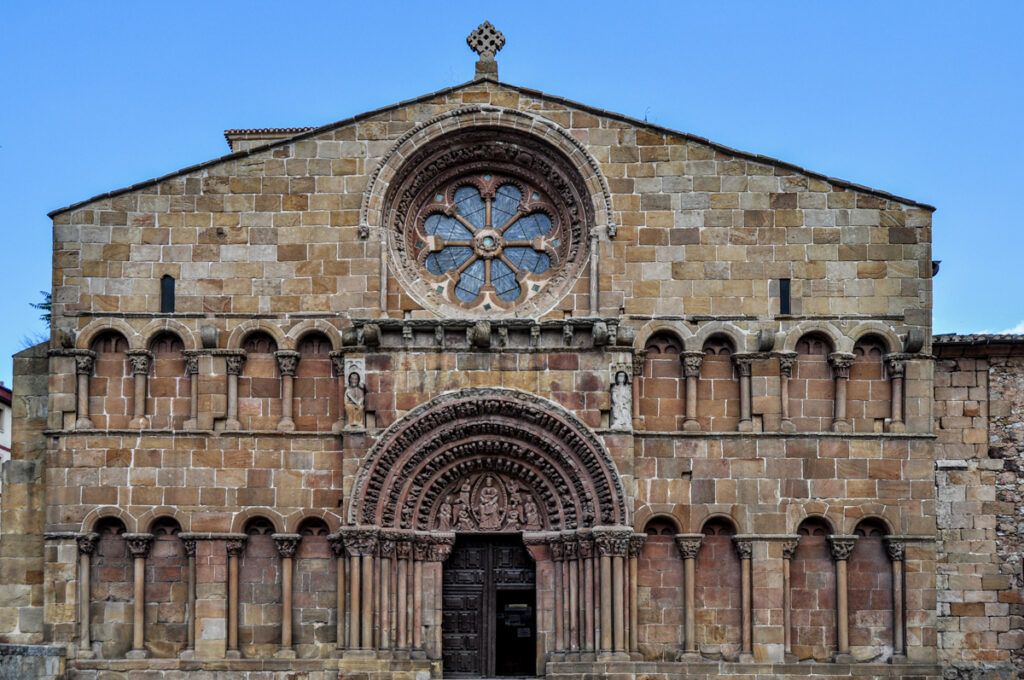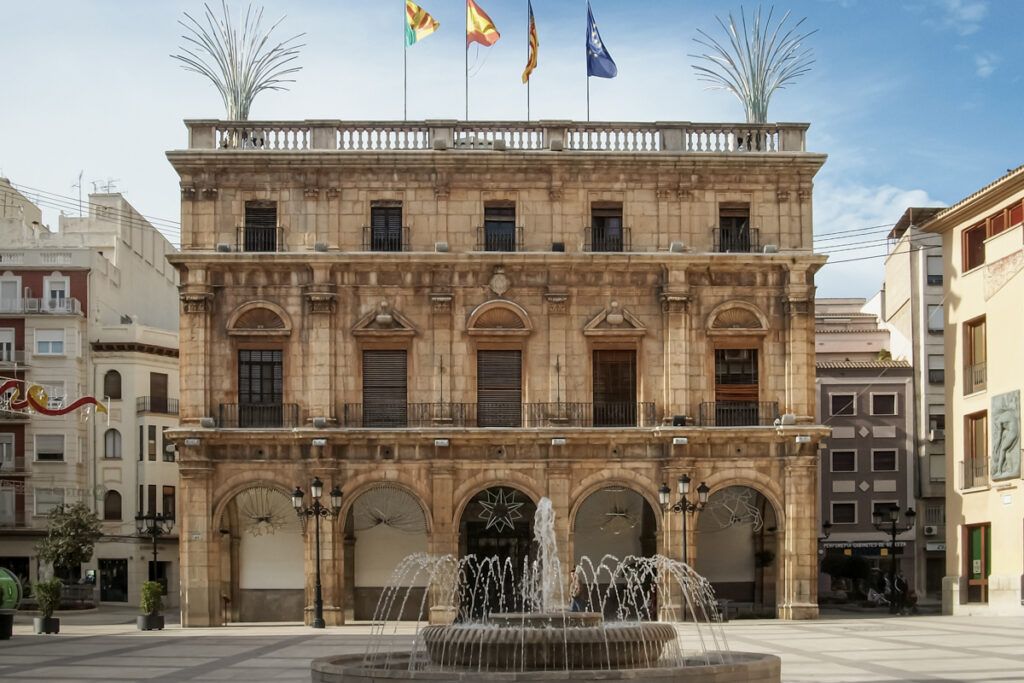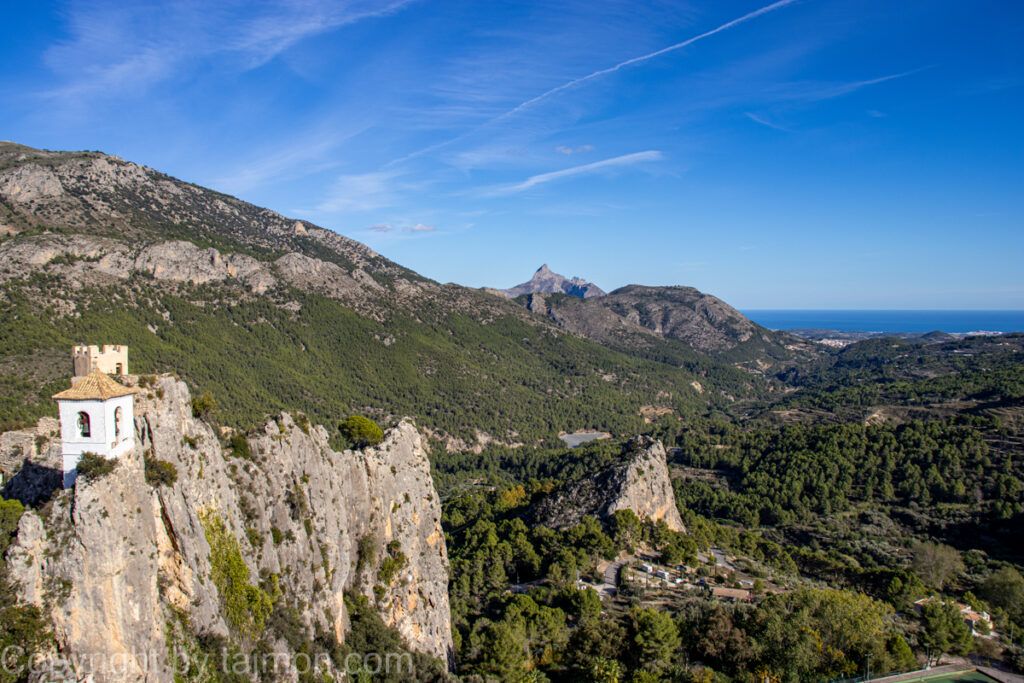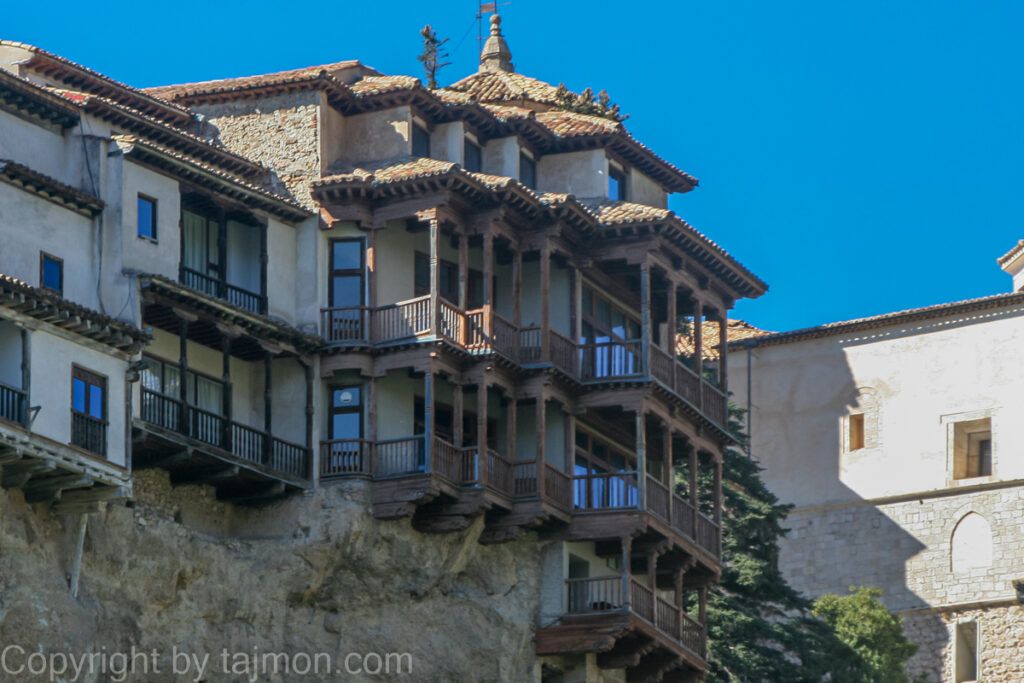Mausoleo de los Amantes
The Mausoleo de los Amantes is the place where the remains of two unfortunate lovers from Teruel, Isabel de Segura and Juan Martínez de Marcilla, also known as Diego de Marcilla, rest. Their love story, which takes place in the 13th century, is one of the most well-known and moving Spanish legends, comparable to Romeo and Juliet. The mausoleum was built in 2005, according to the design of architect Alejandro Cañada, and is part of the cultural ensemble Fundación Amantes de Teruel, which also includes the church and Mudéjar monuments of San Pedro.
The mausoleum consists of several exhibition halls, which tell about the history and cultural context of the lovers of Teruel, as well as their influence on art and literature. In the first room, you can see a film that briefly presents the plot of the legend, based on the chronicle of Juan Yagüe de Salas from the 16th century. In the second room, you can admire reproductions of paintings, sculptures, and other works that the story of the lovers inspired, such as paintings by Juan García Martínez, Antonio Muñoz Degrain, or Salvador Viniegra, sculptures by Aniceto Marinas, Juan de Ávalos, or Pablo Serrano, or stage designs from the opera by Tomás Bretón.
In the third room, you can familiarize yourself with the historical and social context in which the lovers lived, as well as with archaeological and documentary evidence that confirms their existence. In the fourth room, you can see an exhibition dedicated to the Mudéjar culture in Teruel, which is a UNESCO World Heritage, as well as monuments related to the church of San Pedro, such as organs, monstrances, or reliquaries.
However, the most important part of the mausoleum is the fifth room, where the tomb of the lovers is located, made by the sculptor Juan de Ávalos in 1955. The tomb is made of bronze and depicts the figures of the lovers lying on the floor, with their hands almost touching. Their faces express peace and love, and their bodies are dressed in period costumes. The tomb is placed on a pedestal, surrounded by four columns, which symbolize the four cardinal virtues: justice, prudence, temperance, and courage. On the walls of the room, there are inscriptions with fragments of the chronicle of Juan Yagüe de Salas and poems by Antonio Machado, dedicated to the lovers of Teruel.
The mausoleum is a place that pays tribute to love, which has survived death and time, and which has become a symbol of Teruel. It is a place worth visiting to learn about the history and legend of the lovers, as well as to admire the work of art, which is considered one of the most beautiful and most moving in Spain.

